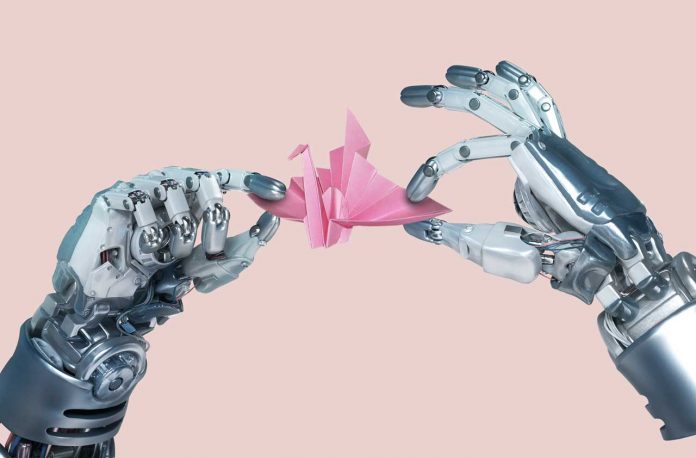As machines and software get ever smarter, how many more workers will they displace, and which ones exactly? Do they represent an actual threat for certain workforce niches?
Are robots taking over the workforce?
Current evidence indicates US workers will instead be lapped by the gentler swells of a gradual revolution, in which jobs are going through a gradual transformation as machines grow more capable. Now a new study predicts that young, Hispanic, and black workers will be most affected by that creeping disruption. And it also seems that men will suffer more changes to their work than women.
The analysis , from the Brookings Institution, suggests that just as the dividends of recent economic growth have been distributed unevenly, so too will the disruptive effects of automation. In both cases, nonwhite, less economically secure workers lose out.
The Brookings study drew its data from the research arm of consultancy McKinsey, which estimated the share of tasks for different occupations that could be automated by 2040. Food preparation scores as 91% automatable, compared with software development at 8%. Combining those ratings with government data on the US workforce revealed who might find algorithms assuming their work tasks first.
The predictions fit with how recent AI advances have made computers good at simple and repetitive tasks, but not the kind of reasoning and persuasion characteristic of high-level bureaucracy, lobbying, or lawyering.
Drilling into demographics on the US workforce revealed who is most likely to be challenged by automation. On average, half of the tasks performed by workers aged 16 to 24 can be automated over the next couple of decades, the report says, compared with just 40% of the tasks of older workers. Hispanic workers are in jobs that are already 47% automatable; for Native American and black workers, those shares are 45 and 44%, respectively. For the average white worker, according to the study, only 40% of their job is within reach of machines in the next two decades.
What types of jobs will robots be taking over?
Men are more exposed to changes wrought by automation than women, the study says. Brookings estimates that 43% of an average male worker’s job could be automated by 2040, compared with just 40% for the average woman’s job.
These patterns aren’t exactly surprising. They are the natural consequence of trends in the recruiting and employment areas, where ethnic minorities are more often found in lower-skilled jobs, and men are over-represented in manufacturing and construction jobs. Many young workers enter the workforce in routine jobs such as food service, which are taking another turn by innovations in robotic food processing and app or different approaches to ordering like that embraced by McDonald’s.
“To make better policy you want to know the detailed numbers to know which are the areas of reskilling workers you need to invest in,” says Hyejin Youn, an assistant professor at Northwestern University.
Youn and researchers at MIT did their own study last year on how the burdens of automation will fall unevenly on different US cities. It used some different data, but noted similar geographic patterns to the Brookings study.
Youn says the analysis also suggested that the uneven progress of automation may accelerate urbanization. Smaller cities tend to have more people in highly automatable jobs; larger cities have more of the high-value and service jobs that are expected to be slower to automate, and to grow in number.
The future holds hopes that the projected impacts of automation inspire all policymakers to create programs to help workers adjust.










